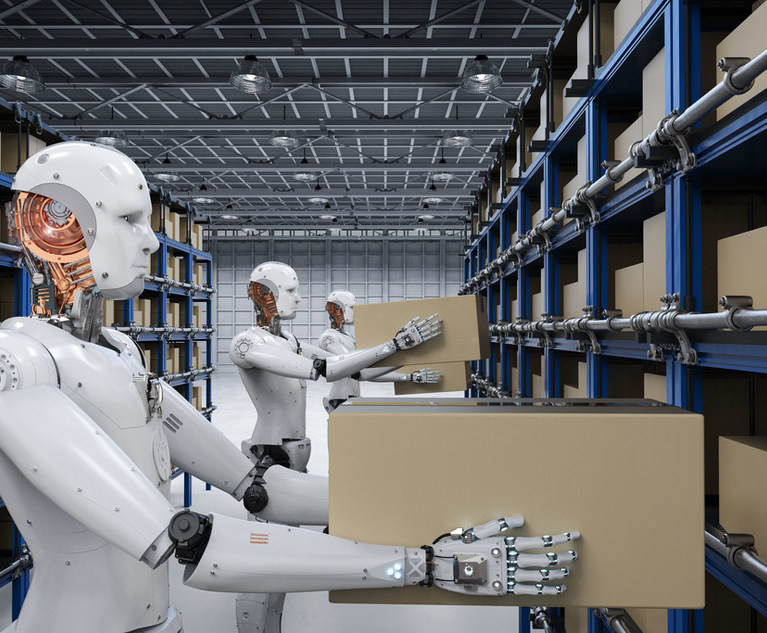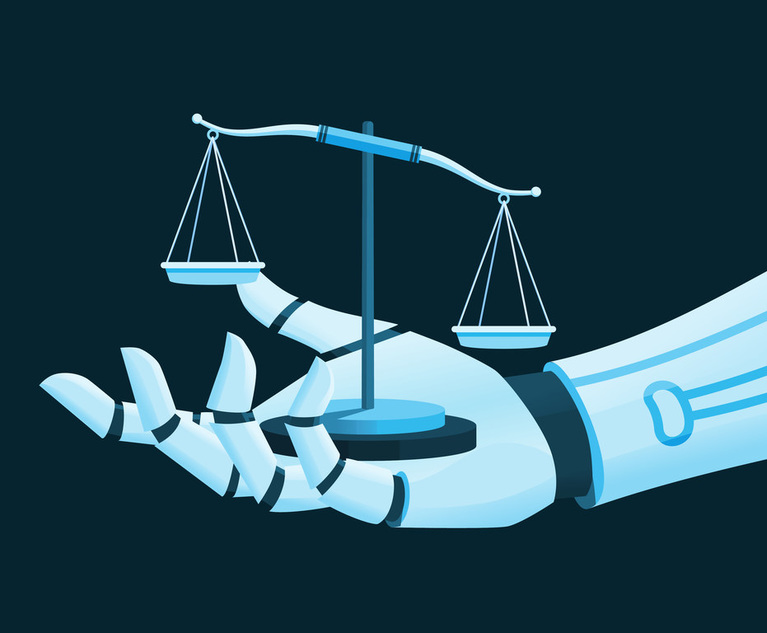The federal government’s COVID-19 emergency declaration will end on May 11 and with that, many employer obligations instituted to keep workers safe and healthy will go away. Since the beginning of the pandemic, COVID-related concerns have kept employers and the Occupational Safety and Health Administration (OSHA) busy. With COVID receding, it is an opportune moment for both employers and OSHA to reimagine worker safety for existing and new threats to occupational safety and health (OSH). Artificial Intelligence (AI), if used responsibly, can be a win-win for both employers and OSHA.
Only high-visibility industrial accidents draw media attention and spur public concern, but accidents continue unabated away from the spotlight. In 2021, there were 5,190 fatal work injuries recorded in the U.S., a 9 percent increase from the year before. That amounts to a workplace fatality every 101 minutes! In addition, there were 2.6 million non-fatal work accidents recorded in the United States that year. As the country reshapes its national strategy for manufacturing post-COVID, robust industrial safety at plant sites and along the supply chain assumes greater importance and urgency.
This content has been archived. It is available through our partners, LexisNexis® and Bloomberg Law.
To view this content, please continue to their sites.
Not a Lexis Subscriber?
Subscribe Now
Not a Bloomberg Law Subscriber?
Subscribe Now
LexisNexis® and Bloomberg Law are third party online distributors of the broad collection of current and archived versions of ALM's legal news publications. LexisNexis® and Bloomberg Law customers are able to access and use ALM's content, including content from the National Law Journal, The American Lawyer, Legaltech News, The New York Law Journal, and Corporate Counsel, as well as other sources of legal information.
For questions call 1-877-256-2472 or contact us at [email protected]







